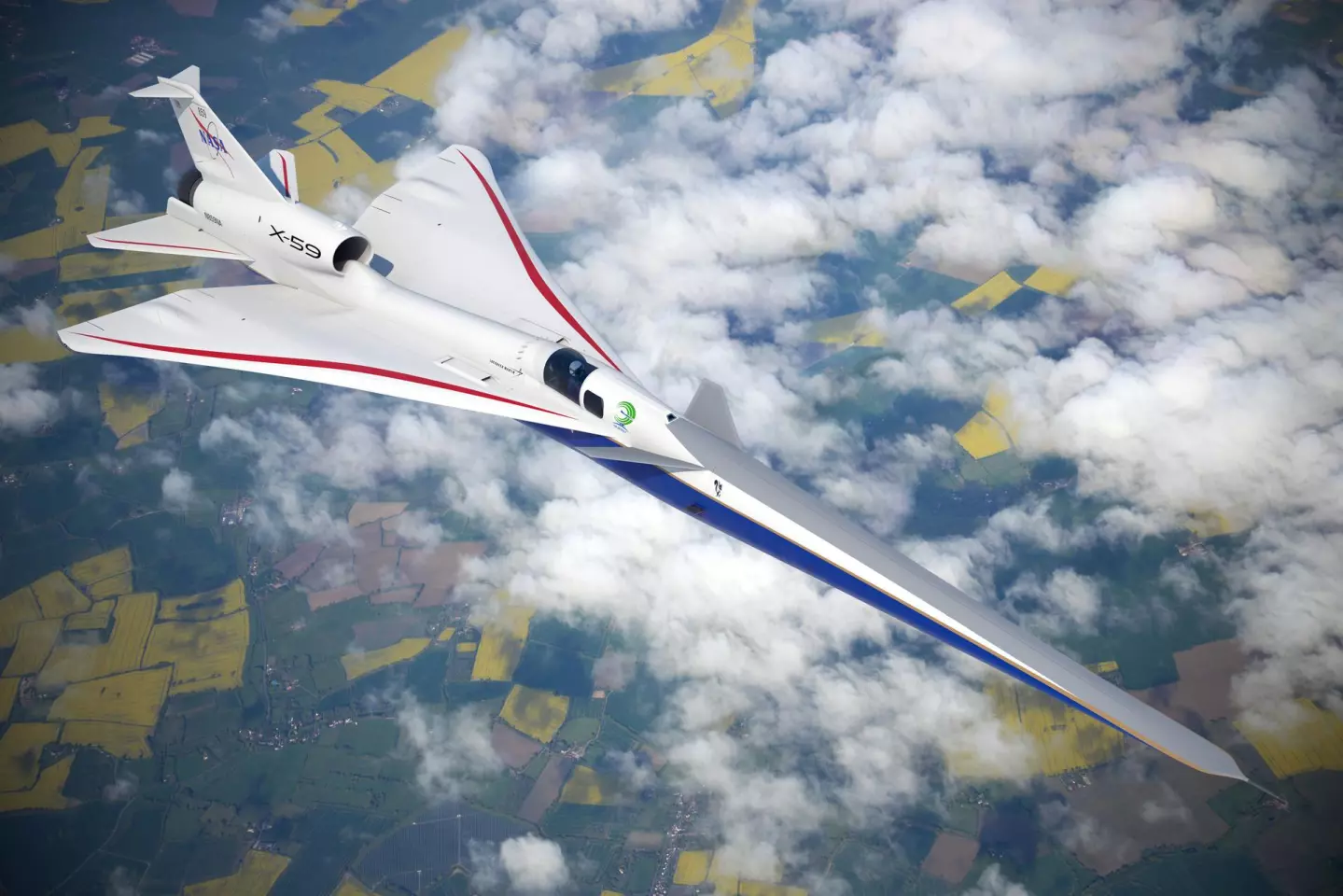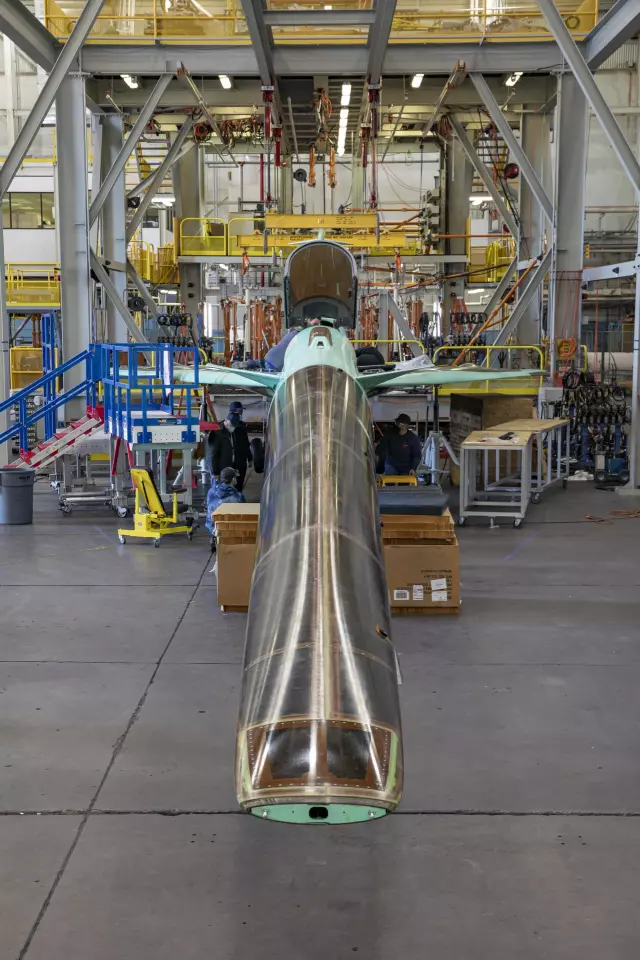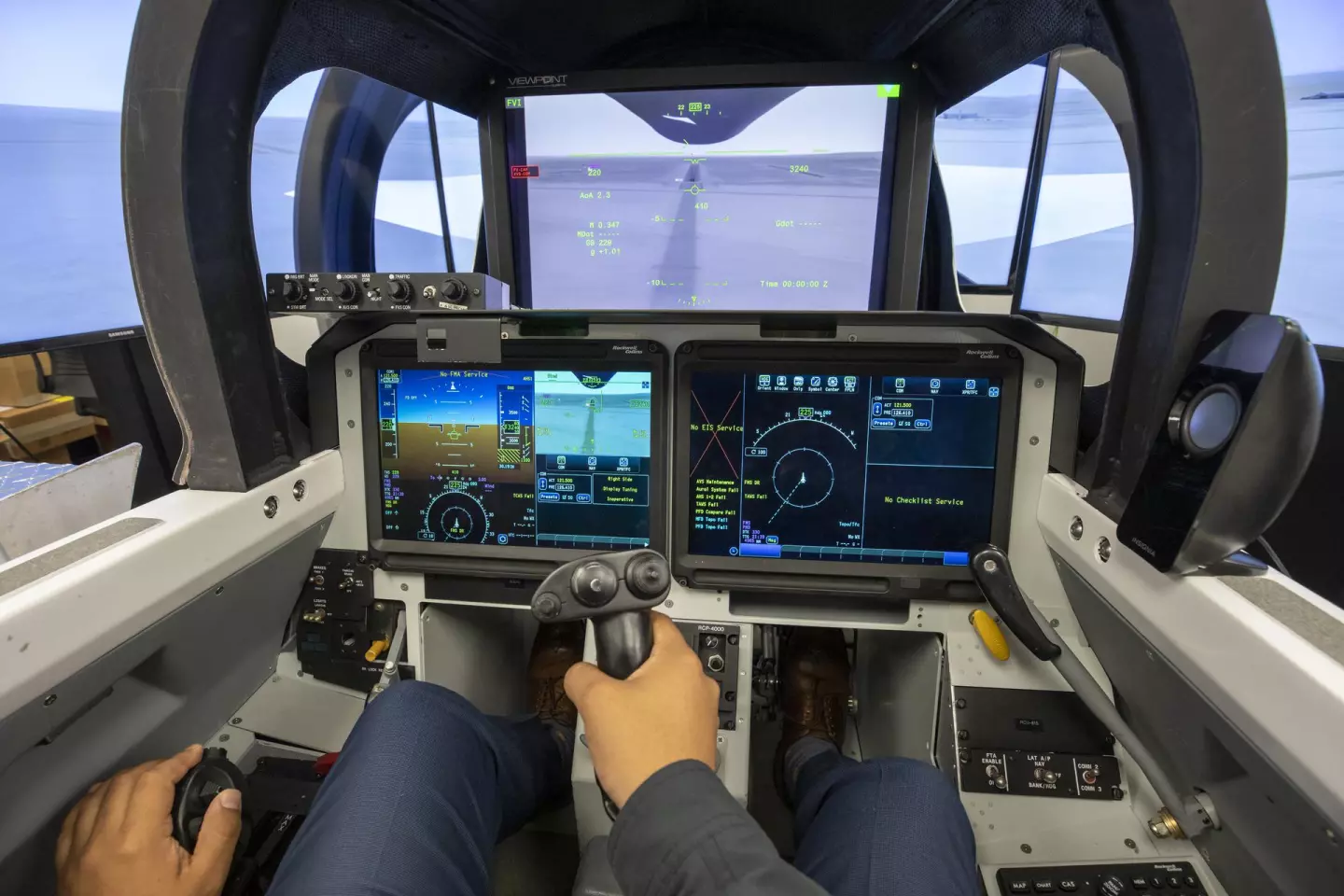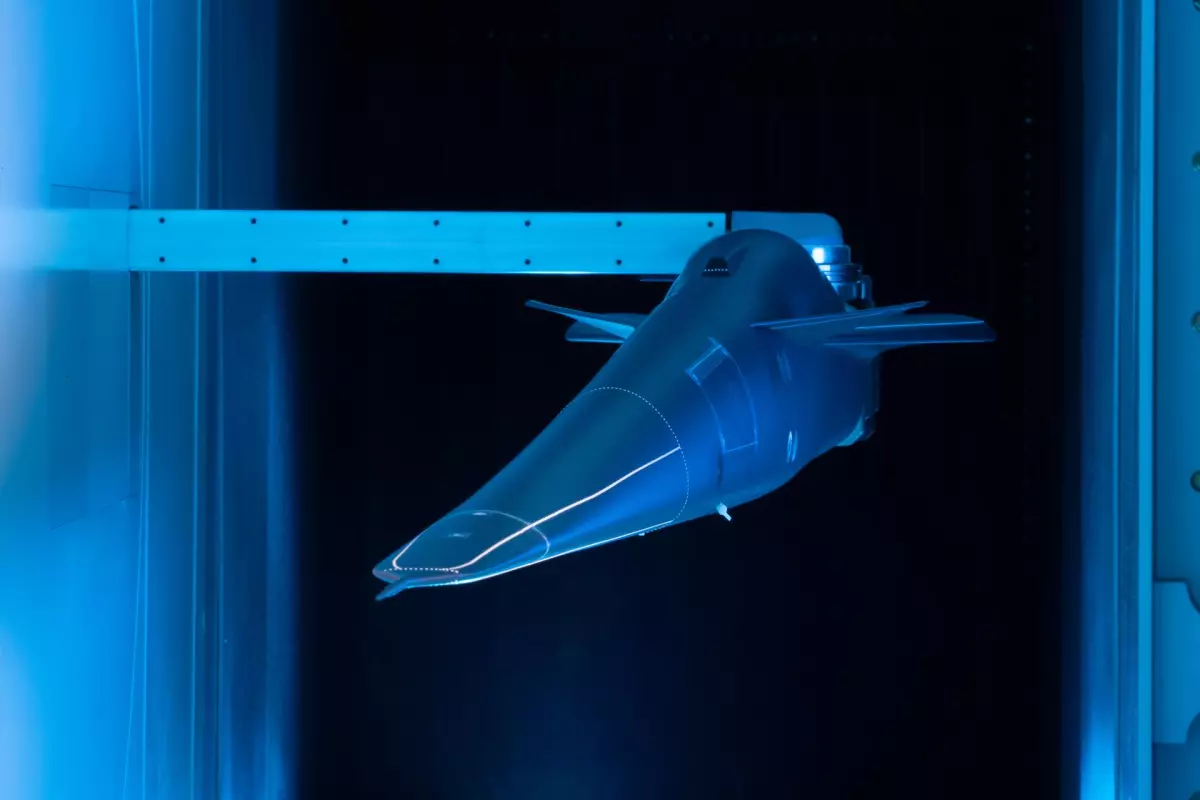NASA this week marked the 50th anniversary of the total ban of civilian supersonic flights over the United States. The milestone comes as the agency continues with the development of the X-59 experimental supersonic aircraft intended to reintroduce civilian Mach+ service.
On April 27, 1973, the US Federal Aviation Administration (FAA) imposed a new regulation that prohibited civilian aircraft from flying speeds beyond Mach One over the US land mass or territorial waters. The decision came in the wake of the 1968 Aircraft Noise Abatement Act and growing public concern about the effect of military sonic booms over some parts of the country.
Sonic booms are unpleasant and potentially damaging things. Put simply, they are the result of the shock wave that builds up in front of a supersonic aircraft. As the airplane flies overhead, the built-up energy is released as a boom that is loud enough to crack window glass and startle livestock and wildlife.
In view of this, the 1973 prohibition makes sense from an environmental angle, but there was more to the regulation than simple ecological protection. Part of the support for it was from groups who were opposed to supersonic flight on ideological grounds, while others supported it as a way to protect US aerospace industries by spiking the guns of foreign rivals.

By 1973, the United States was effectively out of the race to win the next revolution in air travel, the development of a practical commercial supersonic airliner. The American government had backed several projects by Boeing, General Electric, and Lockheed, but these failed to make sufficient progress and were largely abandoned.
This left the field to the Anglo-French Concorde and the Soviet TU-144, with the Concorde program gearing up for international sales comparable to the boom seen by the introduction of the Boeing 707, pushing subsonic planes into the margins. However, at that time, the US was the world's biggest aircraft buyer and had a huge share of the world's air traffic. That meant that prohibiting supersonic flight in US air space effectively destroyed the market for faster-than-sound aircraft.

The prejudicial nature of the regulation can be seen in its wording. If the regulation had been based on noise levels, it would have been theoretically possible to address the issue and develop an aircraft that could fly supersonic in the US, but the FAA specifically said the prohibition was based on speed. Whether a plane generated a boom was irrelevant. It still couldn't fly faster than Mach 1.
Today, the prohibition still stands, but times have changed. Since December 31, 2020, the FAA has been committed to regularly reviewing the question of aircraft noise regulations with an eye toward amending the control of civilian supersonic flight. As part of this reconsideration, NASA's Quesst project, in partnership with Lockheed Martin, is developing the X-59 experimental aircraft.
The purpose of the X-59 is to test a new aerodynamic hull and wing design that spreads out the shock wave of the supersonic aircraft and deflects most of it upward instead of toward the ground. Once it's proven its airworthiness, it will be flown at Mach 1.4 over a flight test course rigged with ground sensors and over a number of volunteer communities to assess the sound footprint of the aircraft, which has been compared to a sonic thump rather than a boom.

According to NASA, this data will be used to determine acceptable sound levels and how these can act as a basis for lifting the ban and rewriting the FAA regulations.
If successful, this would give the green light to companies around the world that are investing in the renaissance of the age of supersonic passenger travel.
Source: NASA










